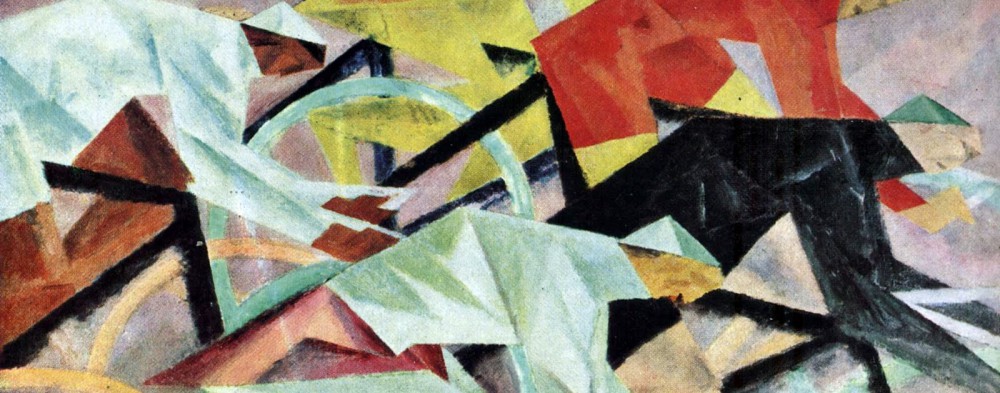Early bicycles did not have the ability to “freewheel,” or “coast,” as kids said in my childhood. The chain drove the rear sprocket, which was attached to the rear wheel’s axle. When the wheel was rotating, the sprocket rotated. As early as 1898 a freewheel mechanism was invented, which allowed the driven shaft (wheel axle) to rotate faster than the driving shaft (the sprocket or sprockets attached to the rear wheel and turned by the chain). That meant the cyclist could stop pedaling and the bicycle would still roll.
In the early years of the Tour de France, into the second decade of the 20th century, the freewheel hub was banned. The race’s founder, Henri Desgrange, wanted to keep things pure, “original,” and simple. So to go down mountain roads fast, riders had to weld footrests on their front forks to get their feet off the pedals and let ’em rip. Desgrange’s attitude is typical of the “traditionalist” attitude that has kept mechanical innovation in cycling slowed artificially.
Of course Tour racers and others who love to go fast don’t want to freewheel if it slows them down. (Note that the verb “freewheel” means “the act of coasting, or traveling on a bike without pumping the pedals.”) I’m one of these riders. It frustrates me to come up behind a rider who’s just dawdling along, pedaling a bit and freewheeling on any downgrade, however miniscule. I pass the rider with an “on the left,” sometimes seeming to startle him or her. Then the rider may get re-energized and come back to pass me. No problem, except that they seem to think I am insulting them by passing, when all I am doing is maintaining my rhythm, intensity, and speed.
When I ride I try to keep my legs moving at all times. After all, I am out there for the exercise, and every foot I freewheel is a waste of my time, unless pedaling is going to lead me into danger. Moving along not only maxes out my speed, but builds momentum for every uphill rise. Momentum is so important in cycling. Stop pedaling at the wrong point, such as approaching a climb, and you lose a built-in natural asset. Energy that could help you up that hill is dissipated in heat and friction from applying the brakes to you wheel rims. It’s a simple application of Newton’s first Law: “a body at rest tends to stay at rest, and a body in motion tends to stay in motion, unless acted upon by an outside force.” One outside force, of course, is friction as the tires roll on the road. The rider more than counteracts that by pedaling. But when one ceases to pedal at the bottom of the rise, both the uphill grade and the lack of inertia-overcoming force slow the bike down. Why do that to yourself? The difference between using the momentum of hard pedaling and overcoming the inertia brought on by not pedaling is huge, as measured by the degree of muscular stress and the relative speed of the bike. The slower the speed uphill, the more your body must hurt to overcome the force of gravity.
So if you’re out to dawdle along, listen for my “passing on the left” and feel the breeze of my slipstream.
© Arnold J. Bradford, 2010.

The old three-cylinder and early four-cycle/cylinder Saabs had a free-wheeling clutch. When you took your foot off of the accelerator, the car went into neutral. At highway speeds or going down hill, you could coast as long as Newtonian physics would permit. It was not uncommon to get mpg ratings in the high 30s.
Didn’t know this. I wonder why it didn’t catch on.